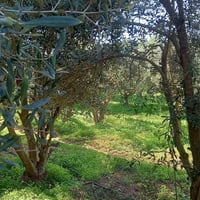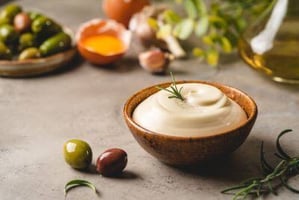Dive into the unique world of olive cultivars as we explore the flavors and culinary uses of...
What You Need to Know Before Starting an Olive Grove: Tips and Requirements
Understanding Olive Varieties: Choosing the Right Type for Your Climate
When starting an olive grove, it's crucial to understand the various olive varieties available and how they adapt to different climates. Some popular types include Arbequina, Frantoio, and Koroneiki, each with unique flavor profiles and growth requirements.
Selecting the right variety can significantly impact your yield and the quality of your olives. Research the climate in your area, including temperature ranges and rainfall patterns, to ensure that the variety you choose will thrive.
Soil Preparation and Land Selection: The Foundation of a Thriving Olive Grove
Soil preparation is critical for the success of your olive grove. Olives prefer well-drained soil with a pH between 6 and 8. Conducting a soil test can help you understand its composition and any necessary amendments.
Additionally, select land that receives full sunlight and is sheltered from strong winds. This not only promotes healthy tree growth but also enhances fruit quality.
Irrigation and Water Management: Ensuring the Health of Your Olive Trees
Irrigation is vital, especially in the early stages of growth. Olive trees are drought-resistant but need adequate water during the first few years. Drip irrigation systems are often recommended for their efficiency in delivering water directly to the roots.
Monitor soil moisture levels regularly to avoid both overwatering and underwatering. Good water management will help your trees establish strong root systems and produce better yields.
Pest Management and Disease Control: Protecting Your Investment
Pest management is an essential aspect of olive cultivation. Common pests include the olive fruit fly and scale insects, which can damage your crop. Implementing integrated pest management strategies, such as natural predators and organic pesticides, can help control these threats.
Regularly inspect your trees for signs of disease and take immediate action to prevent the spread. Maintaining good tree health through proper pruning and care will also reduce the risk of infestations.
Harvesting and Processing: Maximizing Your Olive Yield and Quality
Harvesting olives at the right time is crucial for achieving optimal flavor and oil quality. Depending on the variety, olives can be harvested when they are green or black, impacting the oil's taste and characteristics.
After harvesting, processing olives quickly is important to prevent spoilage. Consider methods such as cold-pressing for oil extraction, which preserves flavor and nutrients. Proper processing will maximize your yield and the overall quality of your olive products.


